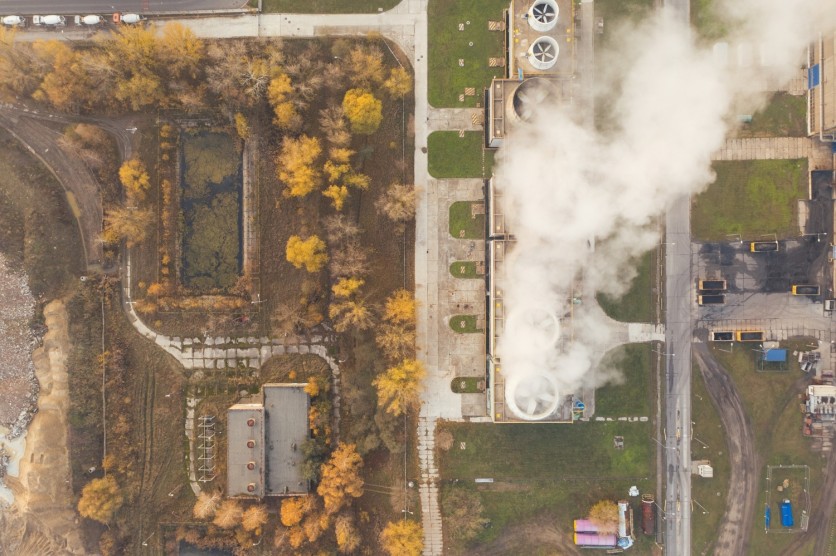In collaboration with France's CNRS laboratories in Paris and Bordeaux, researchers at the University of Geneva have successfully simulated all stages of a runaway greenhouse effect for the first time.
The simulation, considered a breakthrough, reveals that a runaway greenhouse effect could transform Earth into an uninhabitable environment in the coming centuries.

What Is a Runaway Greenhouse Effect?
The team utilized a 3D global climate model to study the transition, examining how the climate and atmosphere evolved during the process.
The study focuses on the concept of a runaway greenhouse effect, wherein a planet shifts from a temperate state to inhospitable, similar to Venus. Water vapor, a natural greenhouse gas, plays a crucial role in this process.
While a moderate greenhouse effect is essential for maintaining a planet's habitability, an excessive greenhouse effect, triggered by increased evaporation of oceans, can lead to surface temperatures exceeding 1000°C.
The researchers found a critical threshold for water vapor concentration beyond which a planet cannot cool down. As water vapor increases in the atmosphere, it prevents thermal radiation from escaping into space, leading to a cascading effect that ultimately results in oceans evaporating and surface temperatures soaring.
One significant discovery in the study is the formation of a unique cloud pattern during the runaway process, intensifying the greenhouse effect and making the phenomenon irreversible.
This cloud pattern, characterized by dense clouds in the high atmosphere, alters the structure of the atmosphere, rendering the process challenging to reverse.
"Until now, other key studies in climatology have focused solely on either the temperate state before the runaway, or either the inhabitable state post-runaway," said Martin Turbet, researcher at CNRS laboratories of Paris and Bordeaux and co-author of the study.
"It is the first time a team has studied the transition itself with a 3D global climate model, and has checked how the climate and the atmosphere evolve during that process," he added.
'Fingerprint'
The findings are crucial for understanding the climate on other planets, particularly exoplanets orbiting stars beyond our solar system. Studying these planetary climates helps scientists assess their potential to host life.
The research team plans to explore how the observed cloud pattern could create a distinct signature or "fingerprint" detectable when detecting exoplanet atmospheres using the next generation of instruments. The study also has implications for Earth's climate goals.
The researchers calculated that a slight increase in solar irradiation, leading to a temperature rise of only a few tens of degrees, could trigger the irreversible runaway process on Earth. This emphasizes the importance of limiting global warming induced by greenhouse gases to prevent such catastrophic scenarios.
The study illuminates the delicate balance of Earth's climate and prompts inquiries into the possibility of a runaway greenhouse effect, considering the role of greenhouse gases and natural factors like fluctuations in solar luminosity. Subsequent research will delve into identifying the specific conditions and threshold temperatures for both phenomena.
The researchers noted that the Earth is not far from a potentially apocalyptic scenario, and understanding the dynamics of a runaway greenhouse effect is crucial for shaping climate goals and strategies to preserve the habitability of our planet. The findings of the study were published in the journal Astronomy & Astrophysics.
Related Article : Extreme Heat Threatens to Spike Heart-Related Deaths in the US

ⓒ 2025 TECHTIMES.com All rights reserved. Do not reproduce without permission.




